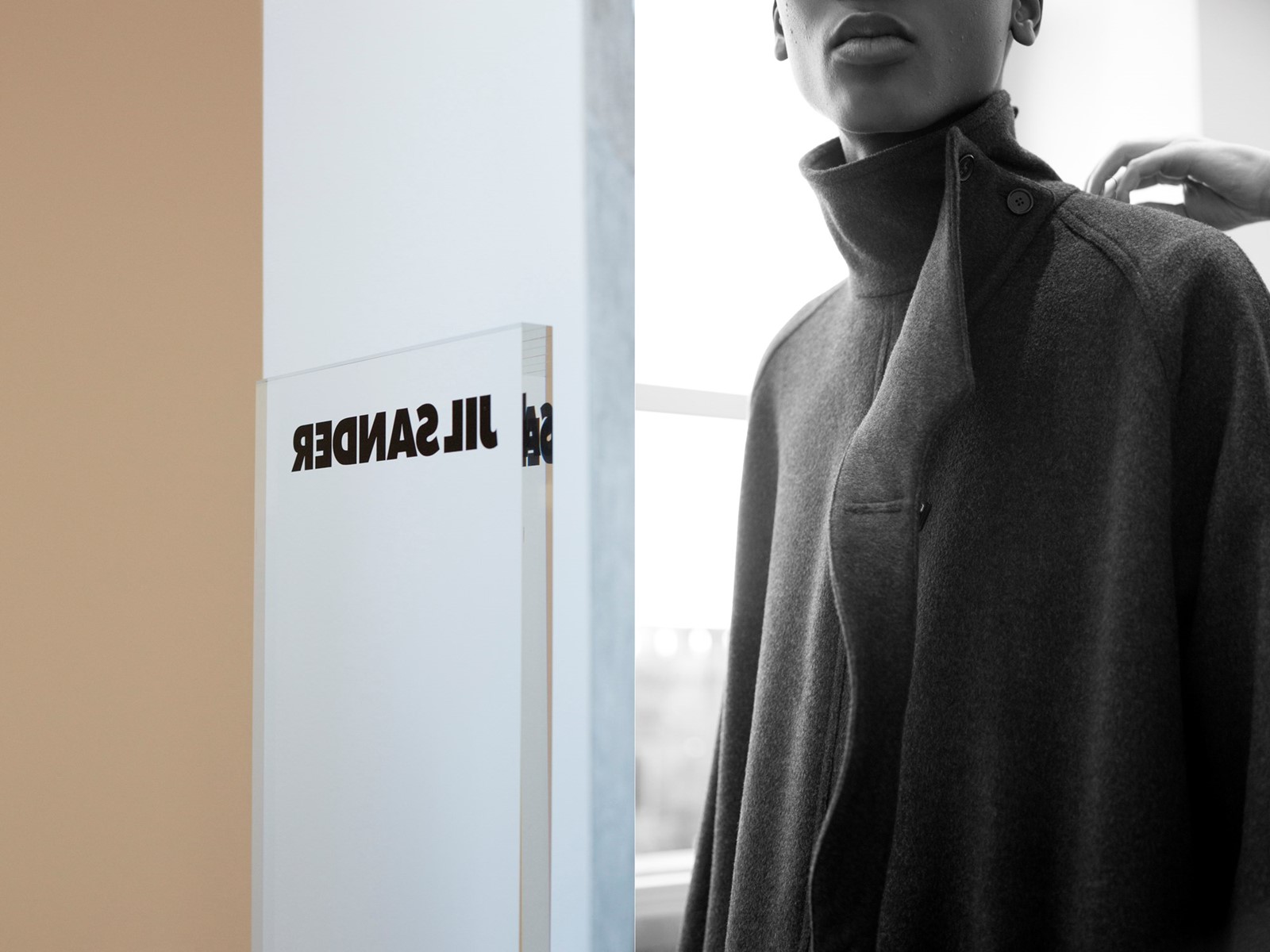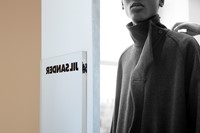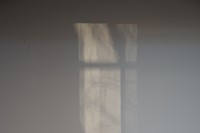Jil Sander is a house renowned for austerity, for its stoic dedication to exacting minimalism and a spirit that verges on the brusque. During the noughties, Raf Simons’ tenure at the house saw it err slightly (and wonderfully) towards his own, subversive Belgian romance but, since it came back under Sanders' own hand in 2012 – and now, that of her successor Rodolfo Paglialunga – the brand has determinedly returned to its Germanic origins. This season, Paglialunga chose to investigate a history of military dress, from medieval leatherwork simultaneously sinister and sexy, to jumpers with the bomber sleeves of 1930s aviation. It was a modern reworking of pieces designed to protect – a theme that we saw explored, albeit in a different spirit – at Craig Green, and one certainly analogous to Mrs Prada's feeling "deeply serious and deeply human and trying to understand mankind’s difficulties" in her A/W16 collection. The world is currently undergoing a particularly confused period and, as Alexander Fury noted in his Prada show review, “it’s foolish to think fashion exists in an isolated cocoon, or an ivory tower.” Jil Sander’s offering showed just how true that is.
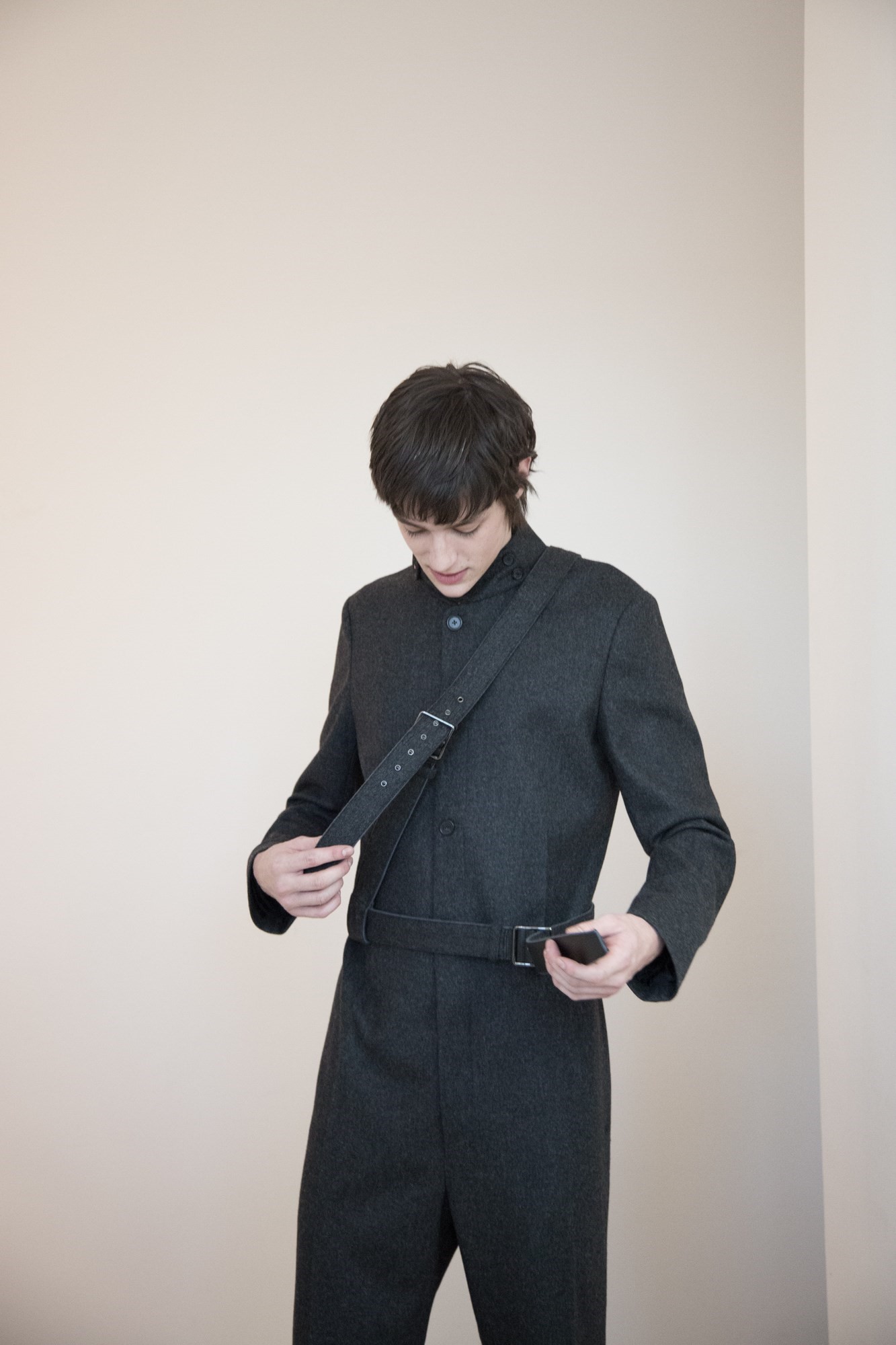
"Clothes have become so extravagant in the last few seasons," explained Another Man's fashion director Ellie Grace Cumming, who styled the show. "We were looking to create a wardrobe of clean, modern, Jil Sander staples for a man to wear, but also to be protected in, reflecting the uncertain climate not only in fashion but also in the larger world." And, whether it was the cross-body straps that echoed bandoliers, the silhouette of a 1940s police coat transformed into a khaki cape, the black leather coats that looked something like a doctor's uniform turned terrifying or the combination of it all, that sense of security was brilliantly present. "Jil Sander has such clear codes that it can almost become a uniform – and I suppose that's why we looked at military, as a way of exploring that feeling," continued Cumming – but not only was there a distinct atmosphere of militia, but equally there was sex.
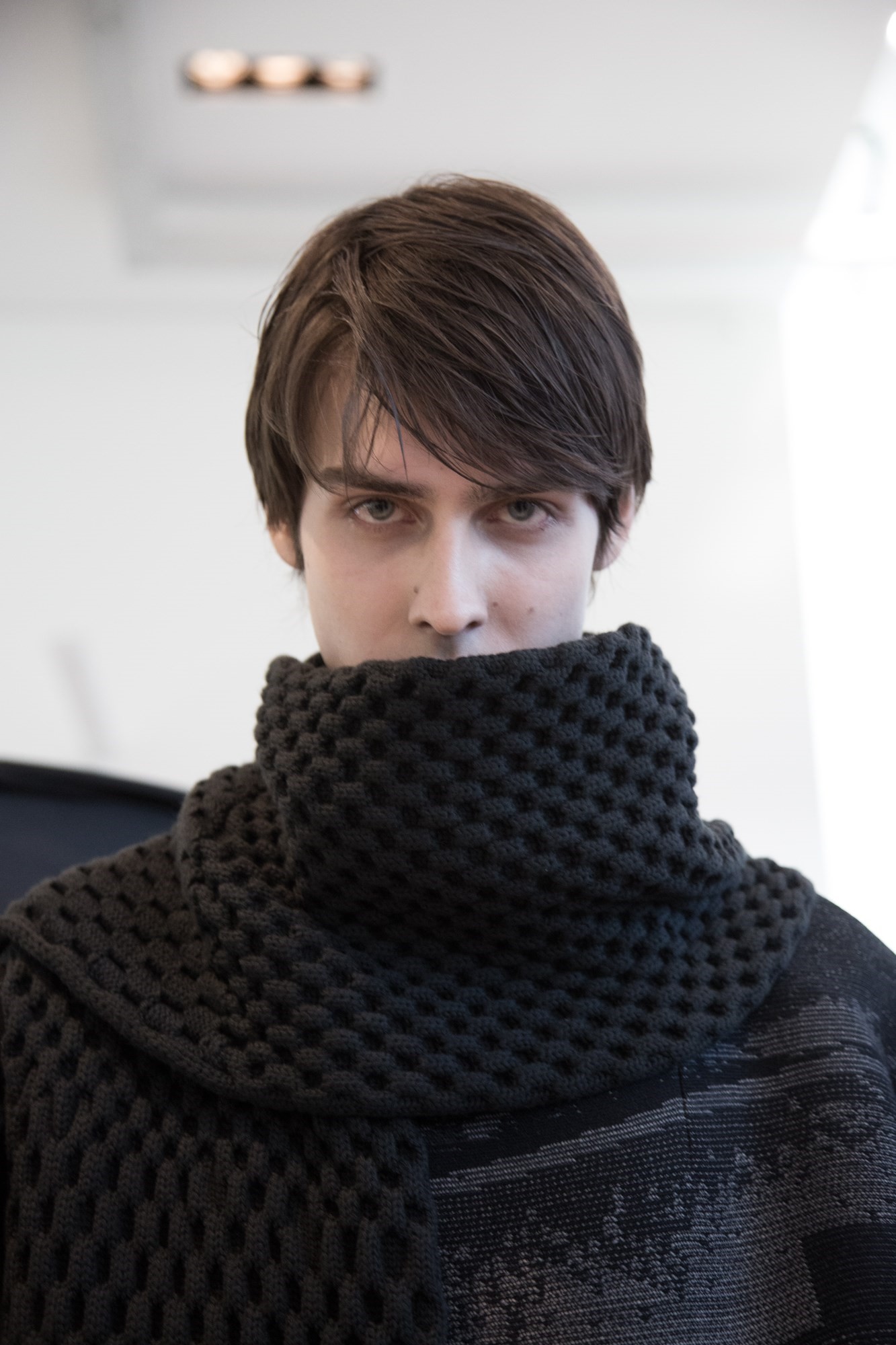
Frederic Sanchez' imposing soundtrack of Coil, Broken English Club and Ministry was evocative of an industrial 80s nightclub – and the flushed young boys, fresh-faced and innocent with slightly tousled hair and pouting pink mouths were exactly the type one would hope to find there. Supple leather trousers were nothing if not S&M; the safety-pins adorning scarves similarly so. The tactility of the fabrics – the 80s Japanese tailoring nylon bonded to shiny, shiny leather, the plasticky pouffes that formed jumper sleeves, the jacquards printed with blown-up maps of an urban city – was breathtakingly desirable. It was a battalion of beautiful boys wearing the uniform of a modern man; as Cummings succinctly surmised, it was "the army within the city that you live in."
